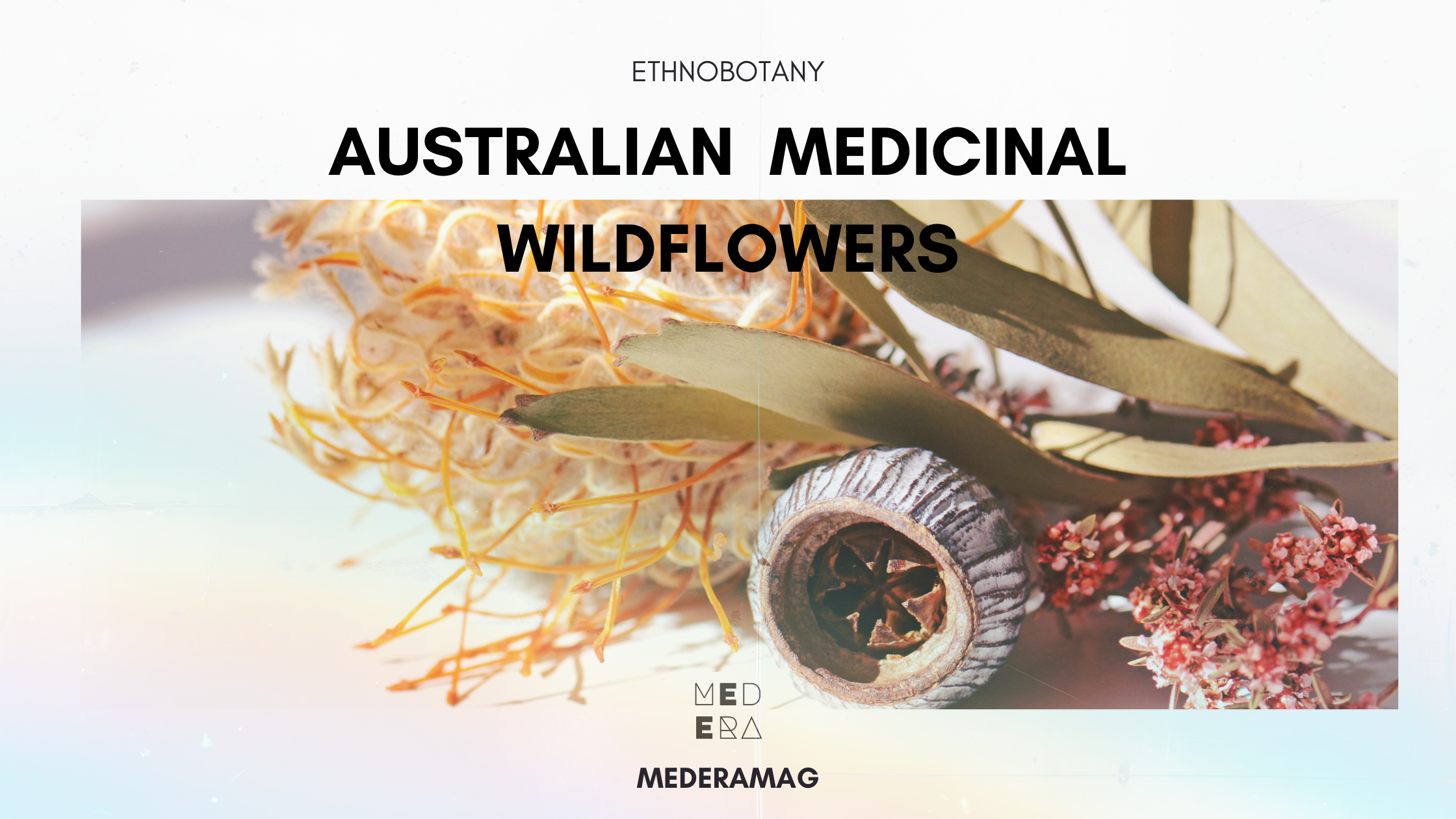
Australian Medicinal Wildflowers — For Lovers of Foraging
Australian medicinal herbs and foods are something most herbalists skip over. Most of what the Western world knows about herbal medicine has its roots in Greek medicine, and so only a very small portion of Australian herbal medicine makes its way into formal education. But as you can imagine, Australia is abundant with bush foods and bush medicines.
Wild edible foods and wildflowers are available in abundance in Australia, though few outside of the Aboriginal community actually know how to find and use them. You'd be surprised how many edible nectars and medicinal saps there are in your local park and likely, on your street.
For foragers and wannabe foragers, let this be a guide to Australian medicinal wildflowers, their habitats, and what they can be used for. But don't let this be a guide to identifying plants in the wild. For that, you should find yourself a good forager's book like Wild Food Plants by Tim Low or The Weed Forager's Handbook by Adam Grub (although this one isn't as suitable for Australian plants).
1. Telopea speciosissima - Waratah.

@kyleereesart
This pretty flower can be found throughout south-east Australia (New South Wales, Victoria, Tasmania) and its nectar can be consumed by adults and children alike. It's still used by Indigenous Australians as feed for children who can't take breast milk or whose mothers don't produce breast milk.
Sap can also be extracted from the stem of Waratah by making a small incision on the stem. The sap is then collected and used as a treatment for burns.
2. Backhousia myrtifolia - Cinnamon myrtle.
This small rainforest tree is a little more exclusive in terms of its habitat and distribution. Only those living in the subtropical parts of Australia are likely to find cinnamon myrtle. The leaves, bark, and flowers of the Backhousia tree are spicy and aromatic, having a scent somewhere between cinnamon and kaffir leaves.
Backhousia leaves and flowers are used to treat intestinal gas, colic, dyspepsia, and indigestion. The essential oil of the plant also has strong antibacterial and antifungal properties.
3. Grevillia laurifolia - Grevillia.

@toni_bradshaw_art
This variety of grevillia can be found mostly on the east coast of Australia, growing as a spreading shrub rather than other bush varieties that are common — although all grevillia flowers produce an edible nectar.
The nectar of Grevillia laruifolia is prepared by soaking the flowers in water until the water tastes sweet. It was traditionally given to children recovering from sickness or simply consumed as a sweet beverage for pleasure and relaxation.
4. Mentha satureioides - Bush Mint or Native Pennroyal.
Growing all over Australia, bush mint is most likely to be found on the banks of rivers, creeks, open pastures, and in forests. It's a herbacious perennial that grows small white flowers. Traditionally, bush mint was used for women with menstrual problems.
The entire plant is bruised and then boiled into a tea and administered for period pain and symptoms of menopause. It was also used to wash children's hair that had become infested with head lice.
There's a legend that the wombats once used to roll around in Mentha satureioides to rid themselves of mites and other parasites that could cause scabies.
5. Banksia oblongifolia - Fern Leaved Banksia.

@jane_guthleben
The Banksia oblongifolia can be found almost entirely throughout the east coast of Australia, from south of Sydney all the way to Bundaberg in Queensland. Its flowers grow to be a whitish-yellowish colour and are traditionally the therapeutic part of the plant.
The flowers are warmed to soften and release the nectar, which is then extracted by boiling the flowers in water. It was taken to treat sore throats and was especially useful for children because of its sweet taste.
When the nectar is running from the flowers, they can be eaten whole. As well as being medicinal for the respiratory system, the fern leaved banksia flower makes great bush tucker.
Home is where the herbs are.
And in Australia, there sure are a lot of them. Though they're massively understudied and poorly understood, Australian flora is a diverse medicinal herbscape used by the Indigenous for millennia.
Do you go foraging for native Australian herbs? Share your foraging stories with me and the rest of the Medera community.
- the Sera in your Medera.

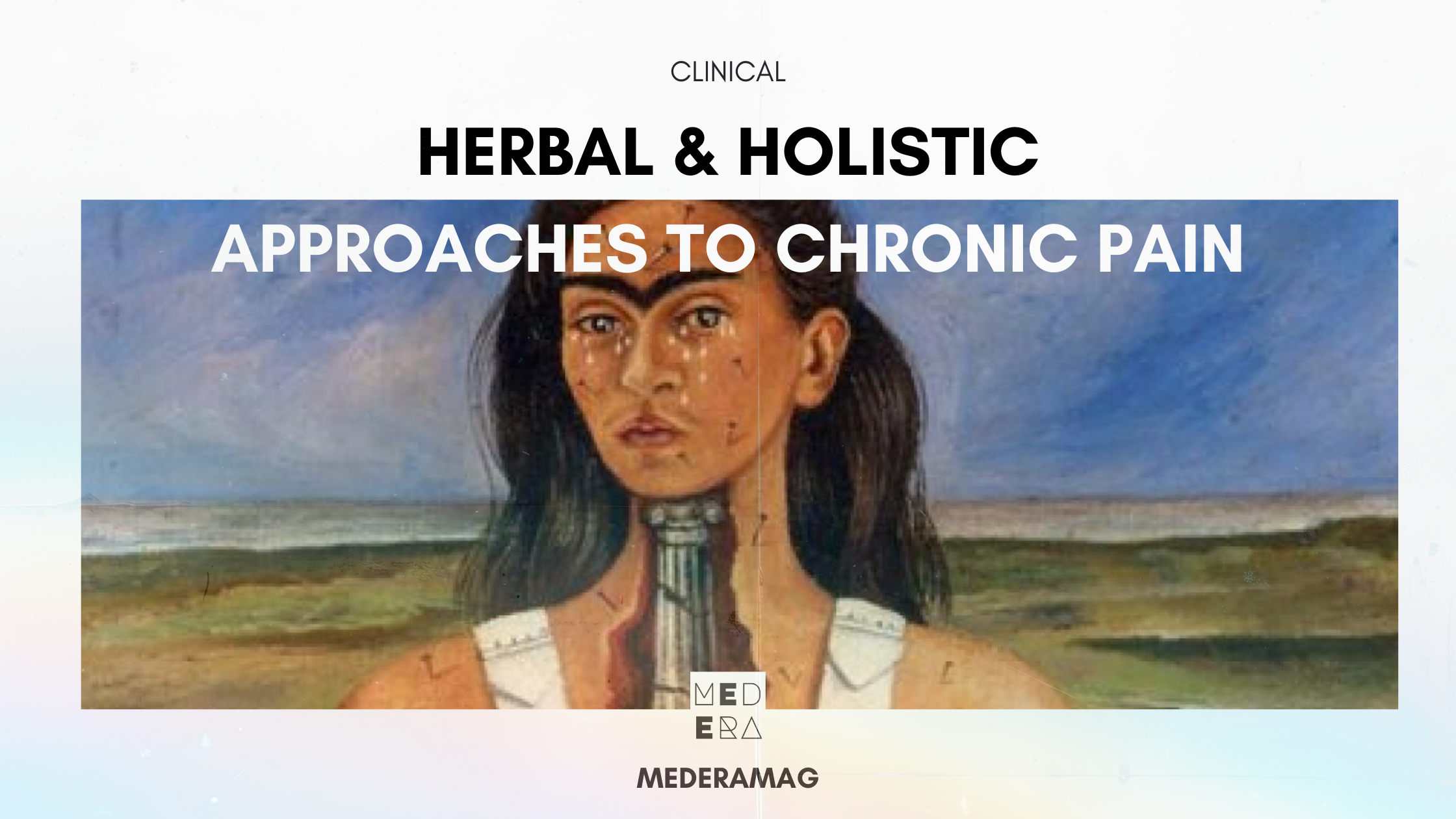


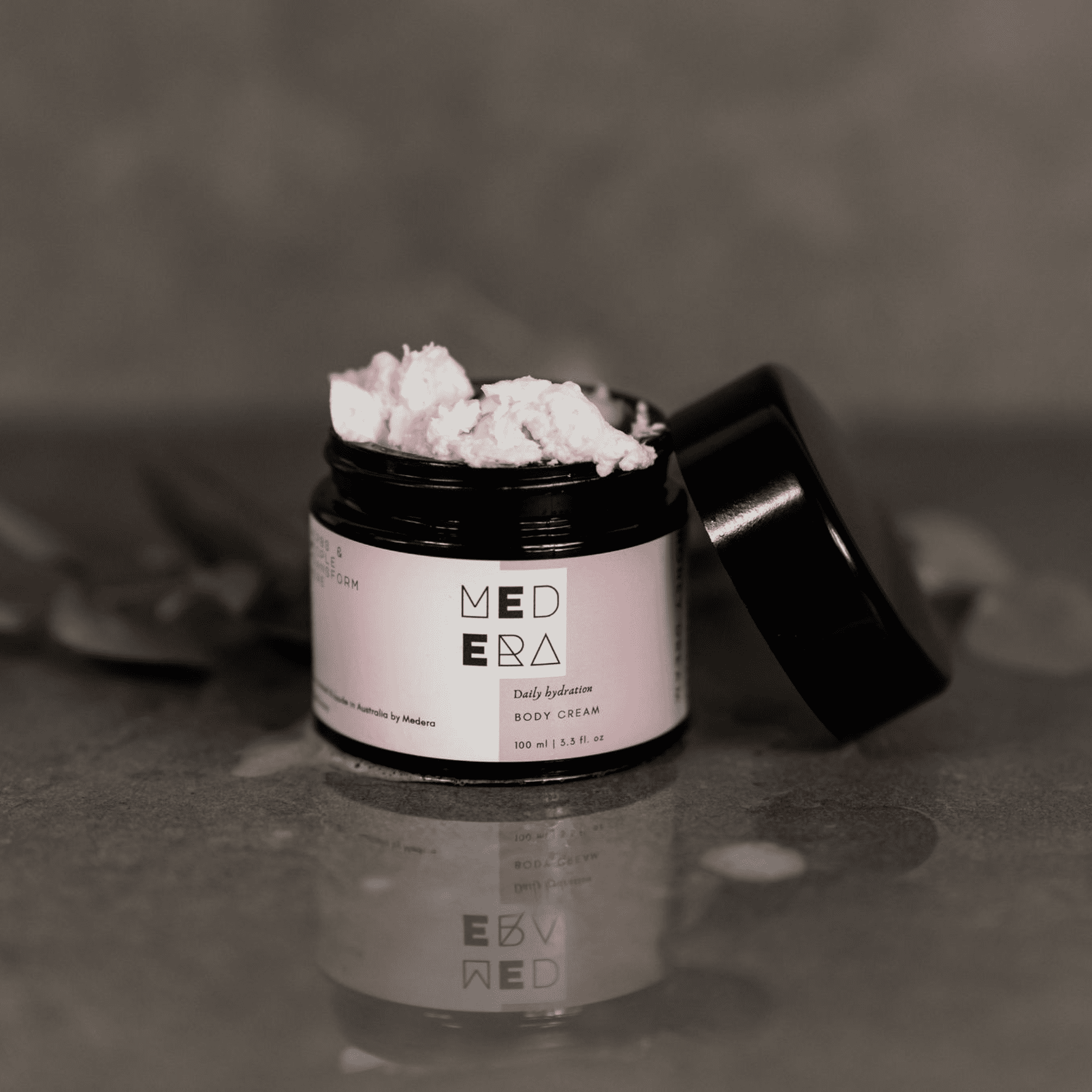
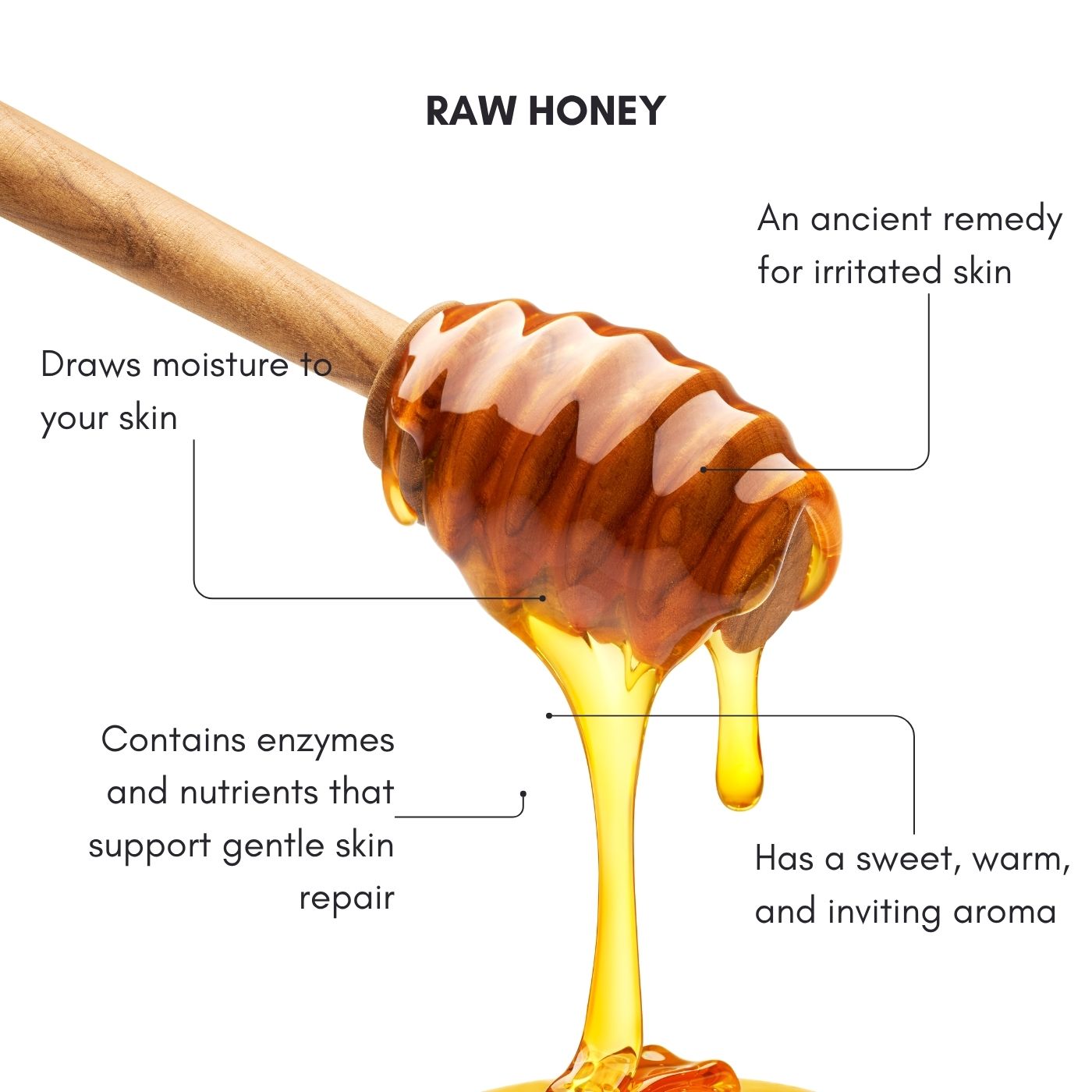
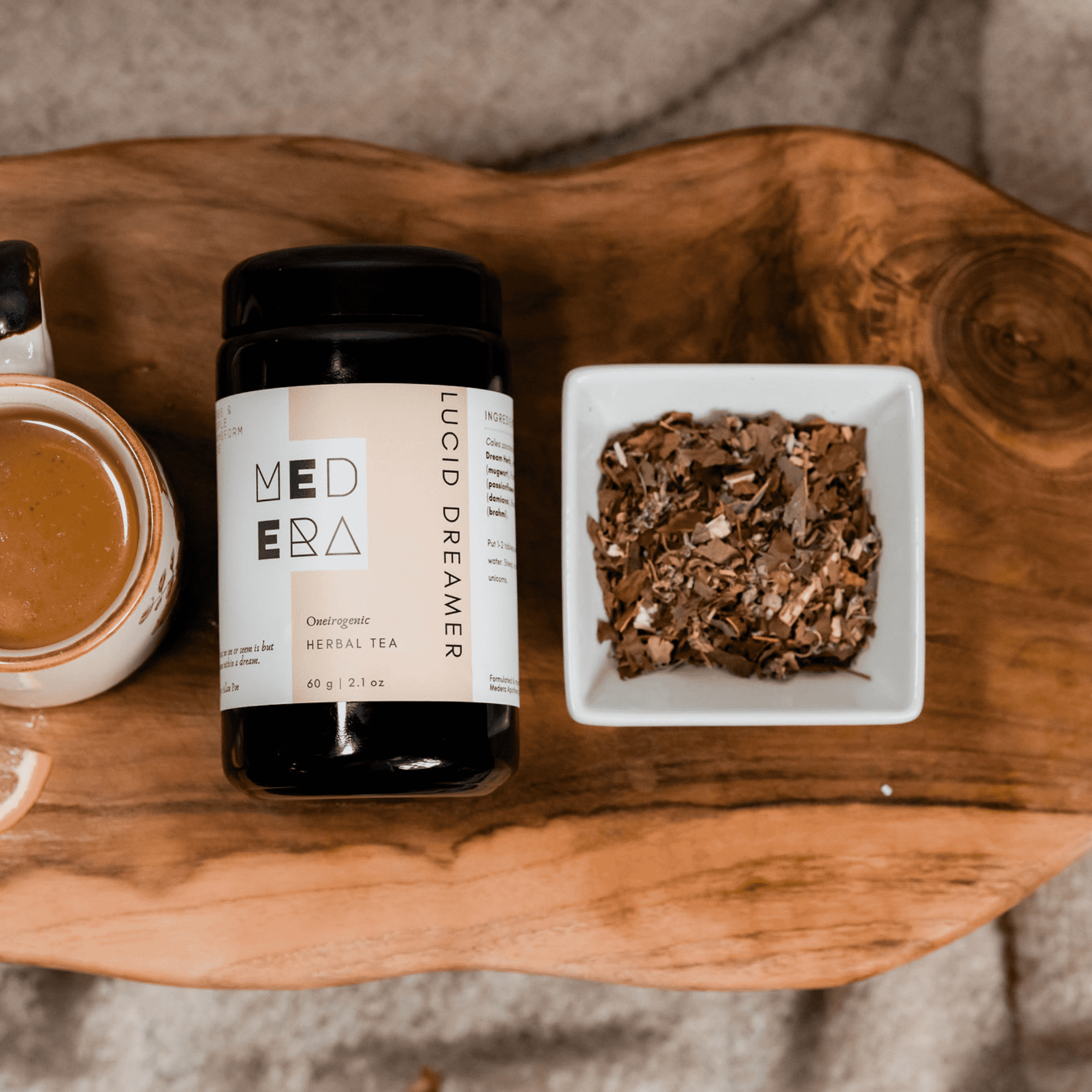
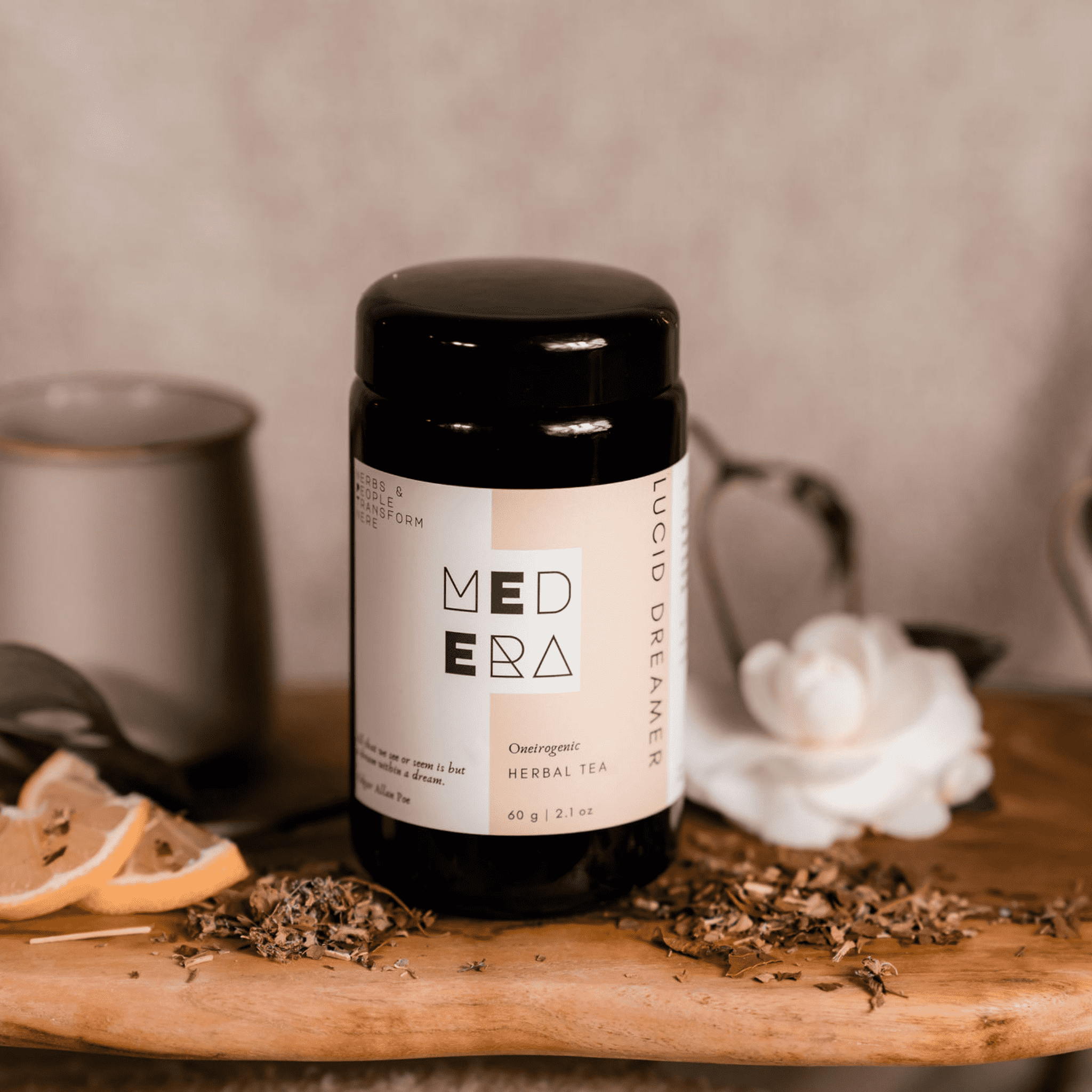
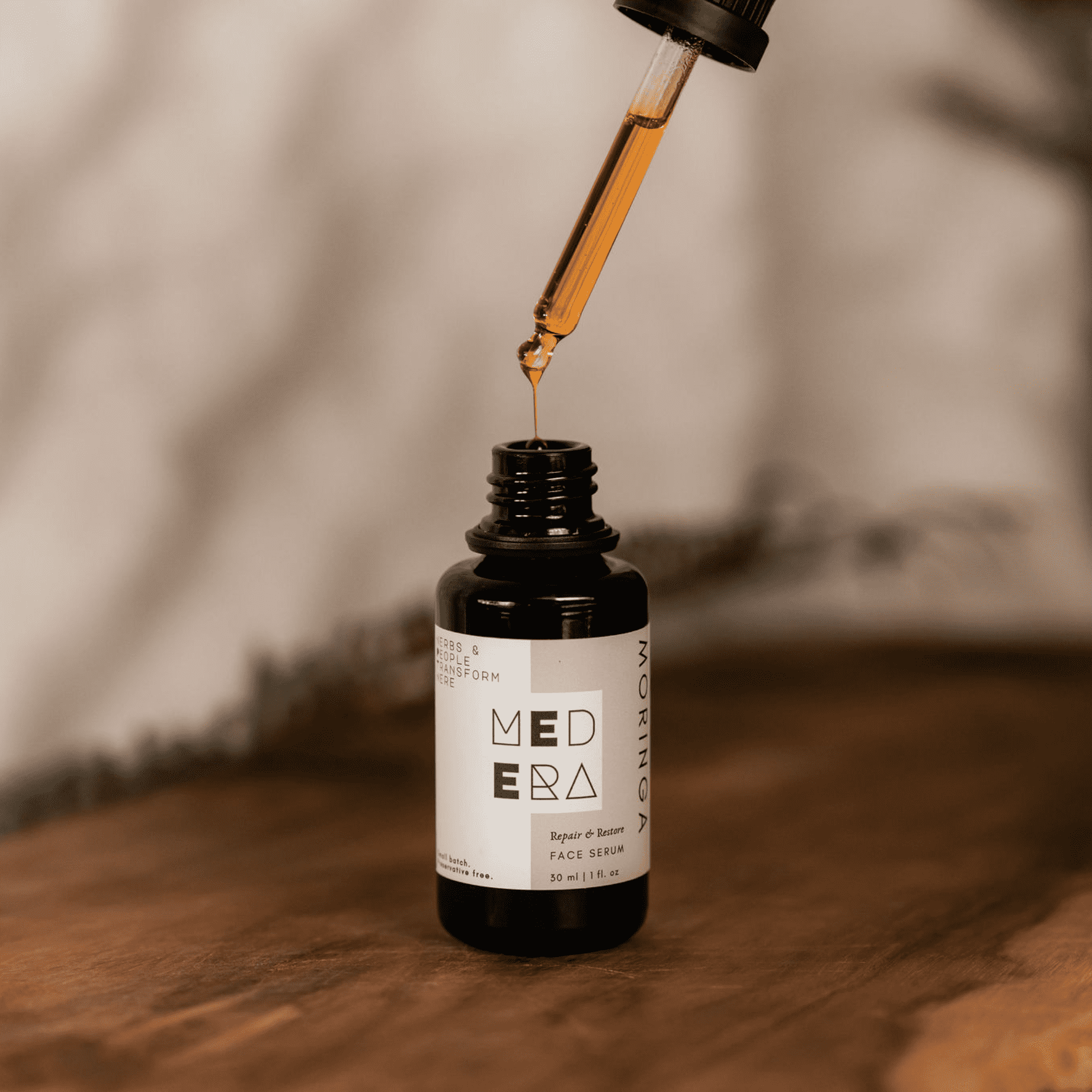

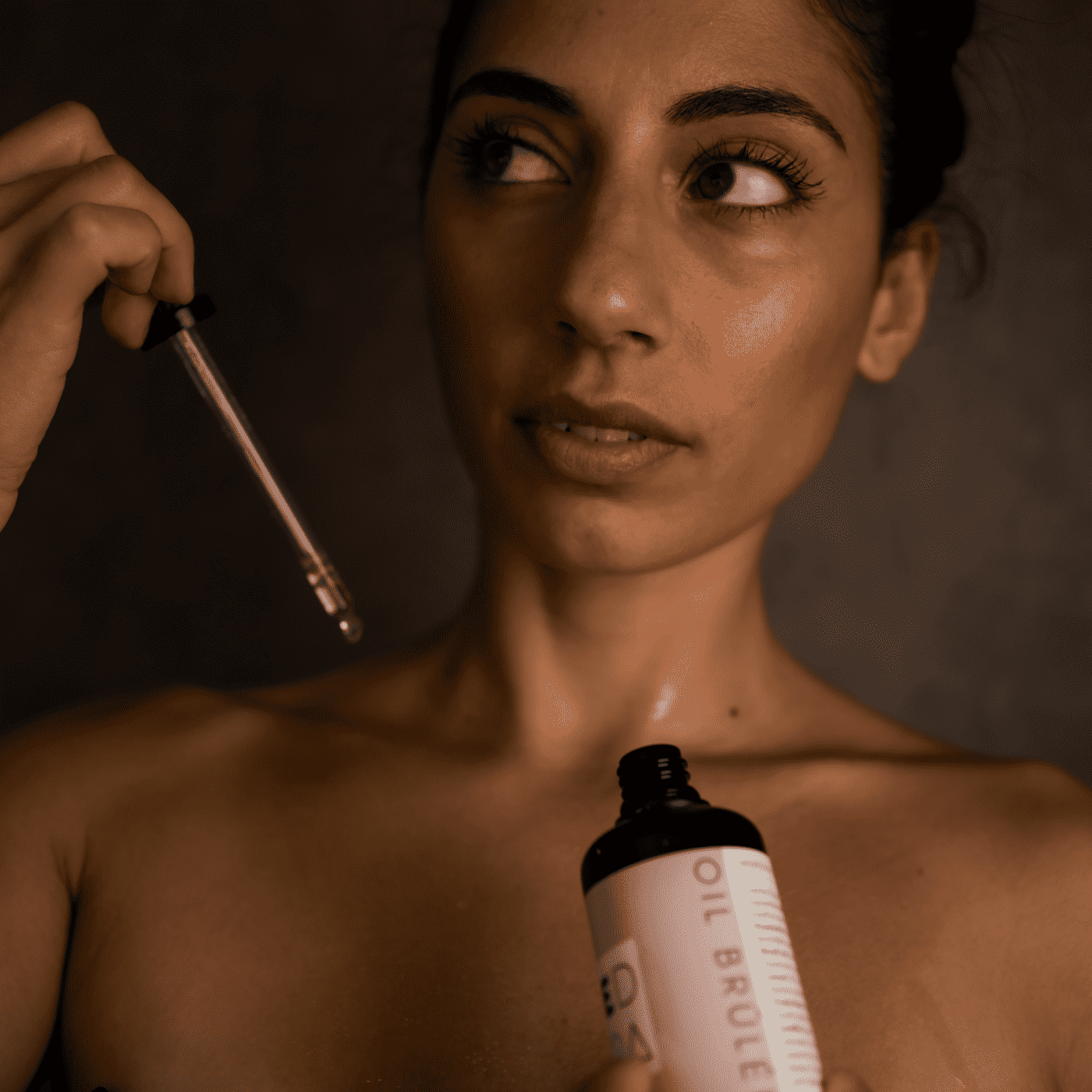
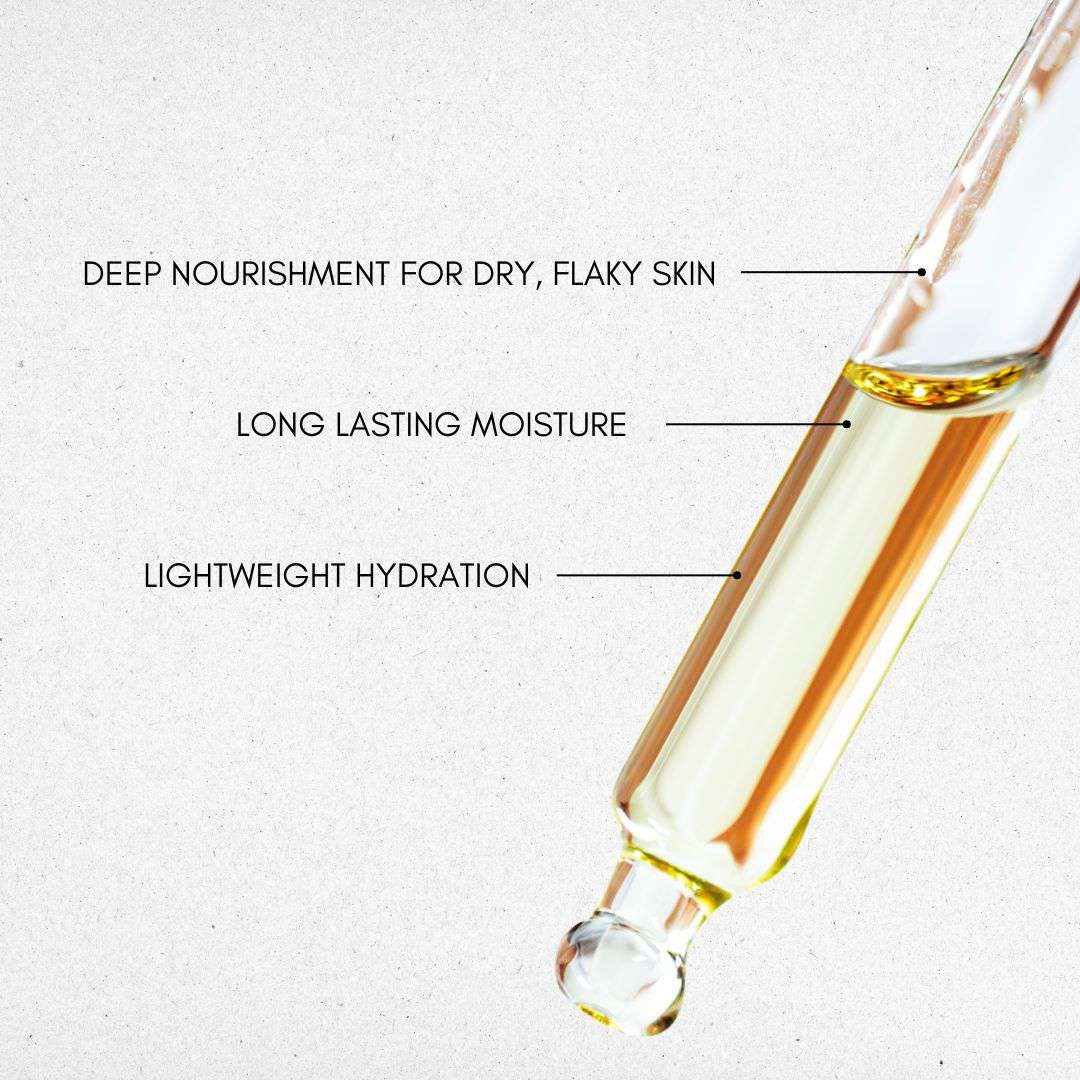
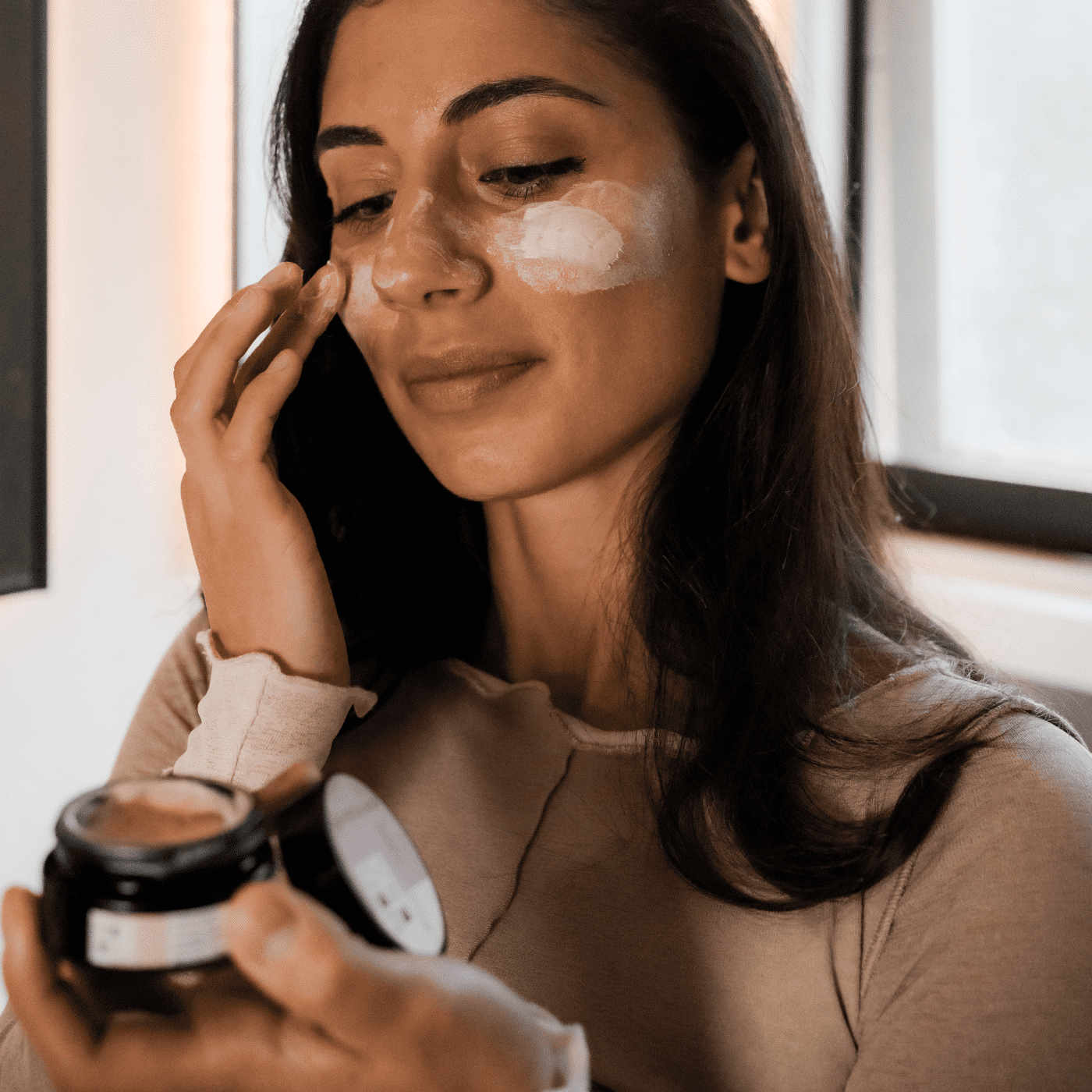
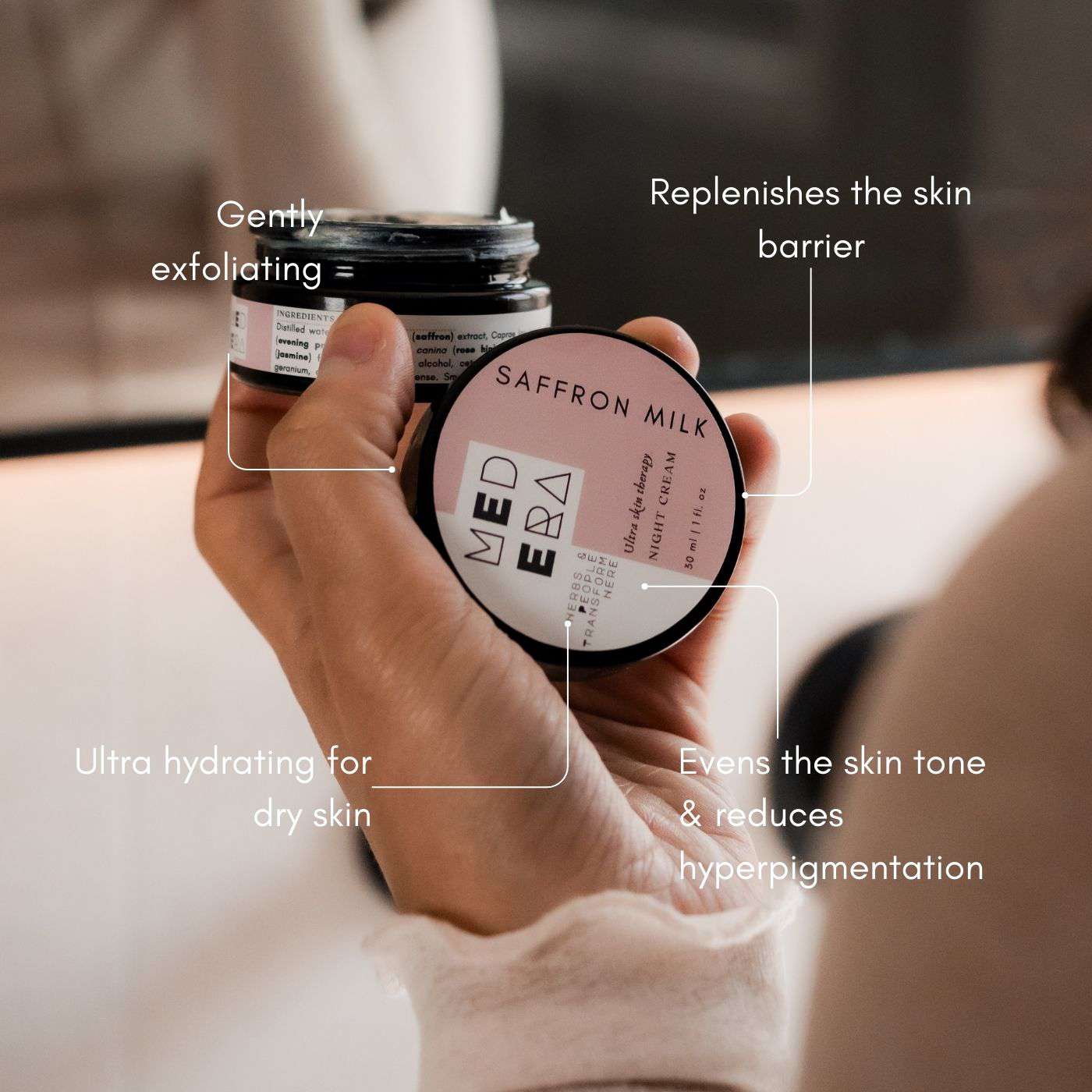
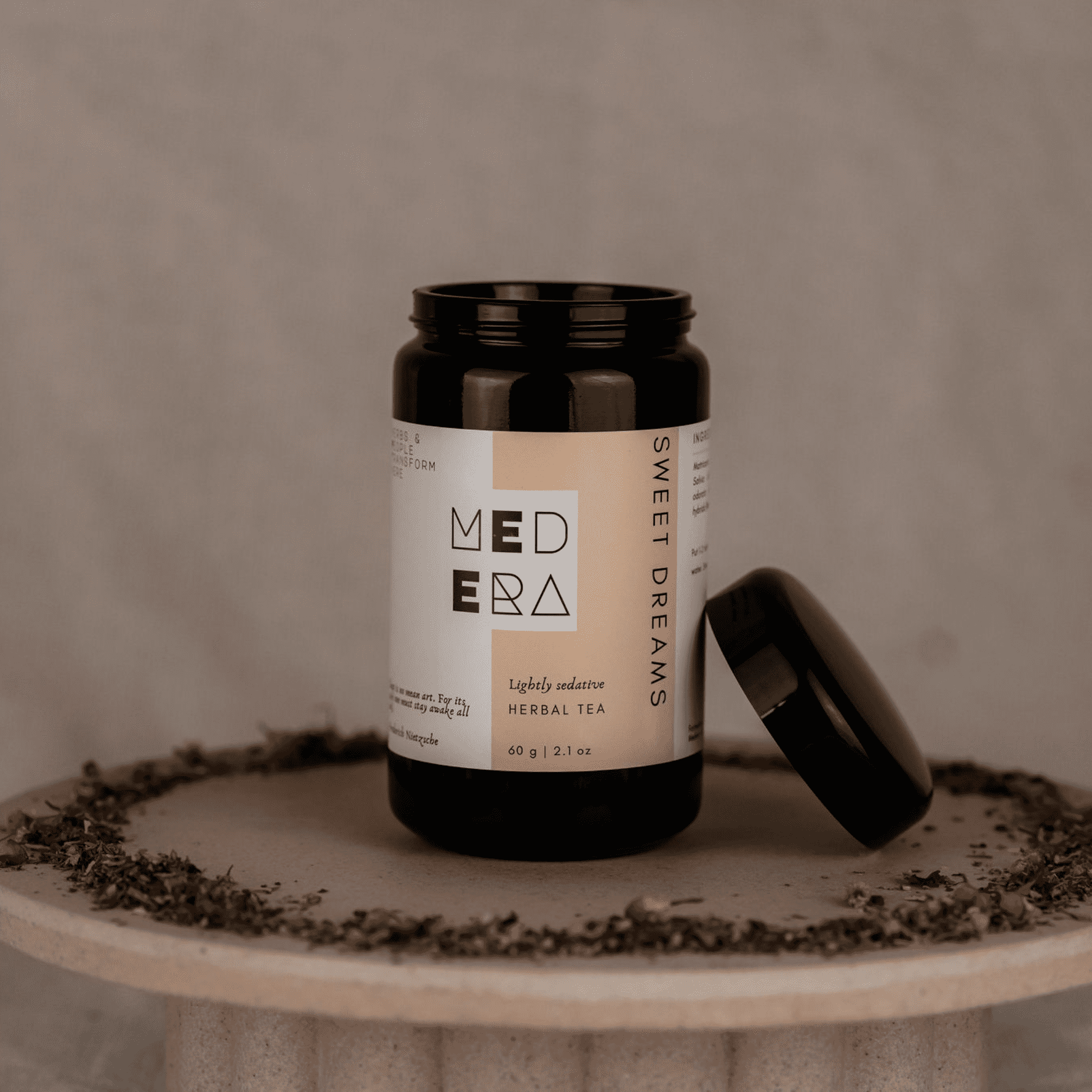
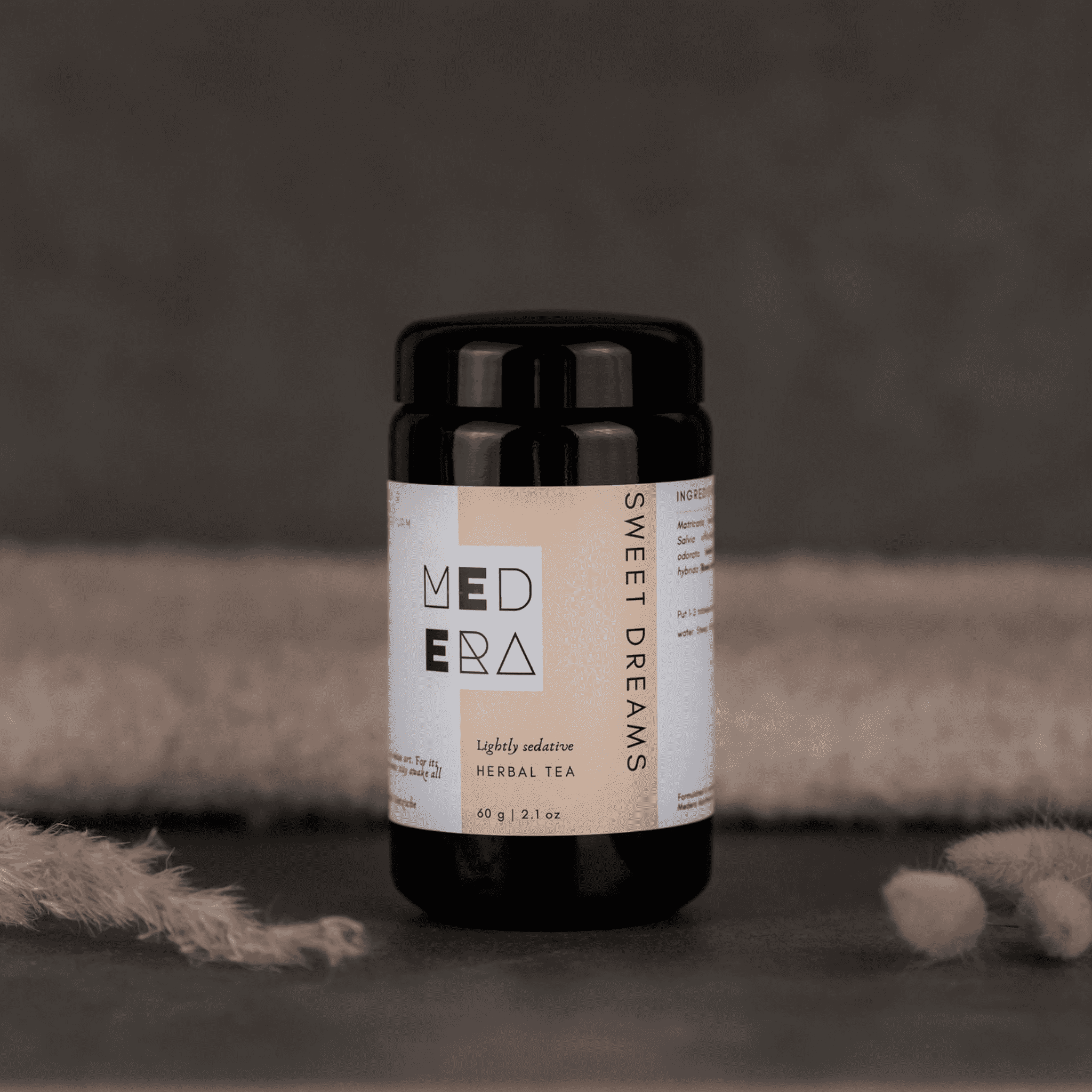
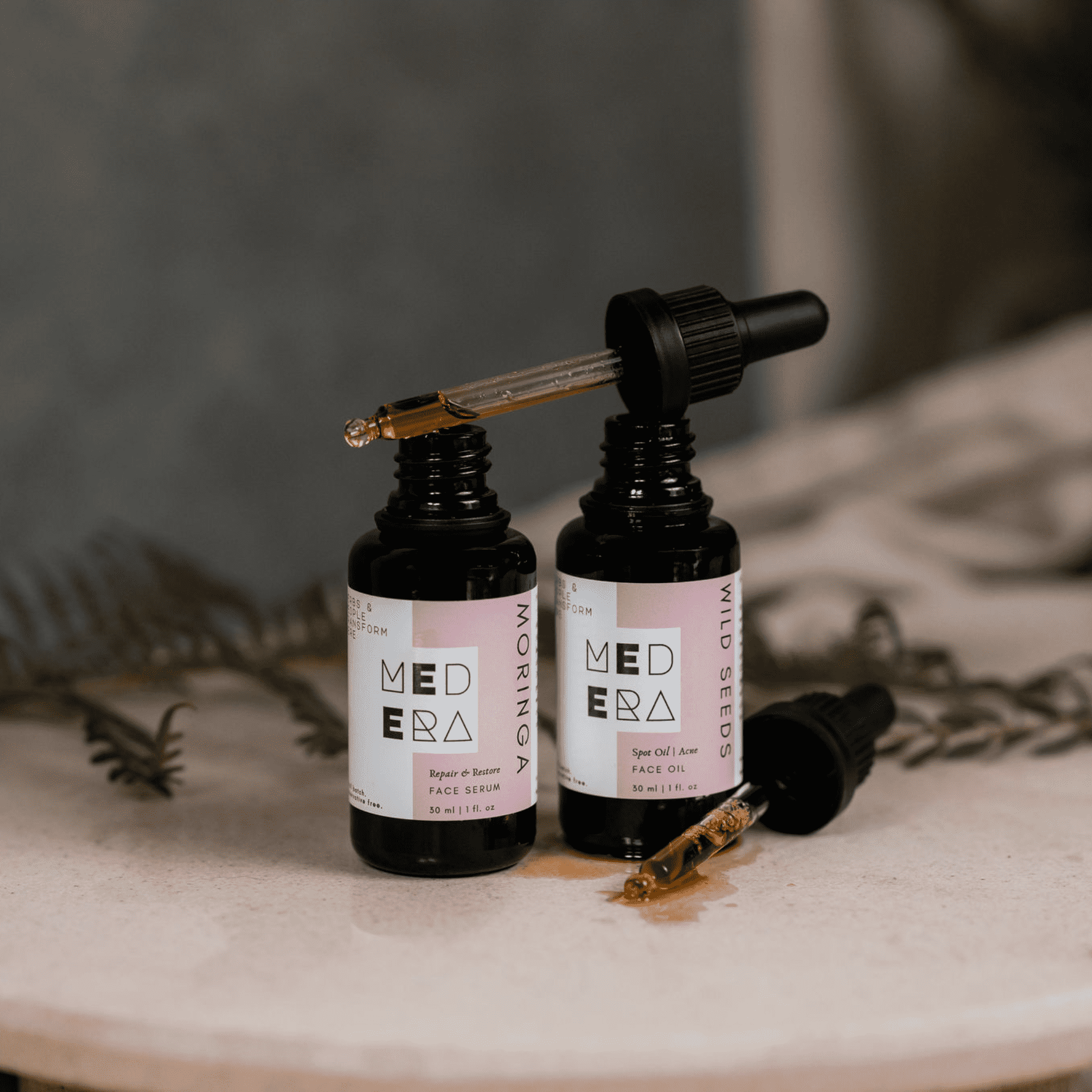

Leave a comment
This site is protected by hCaptcha and the hCaptcha Privacy Policy and Terms of Service apply.